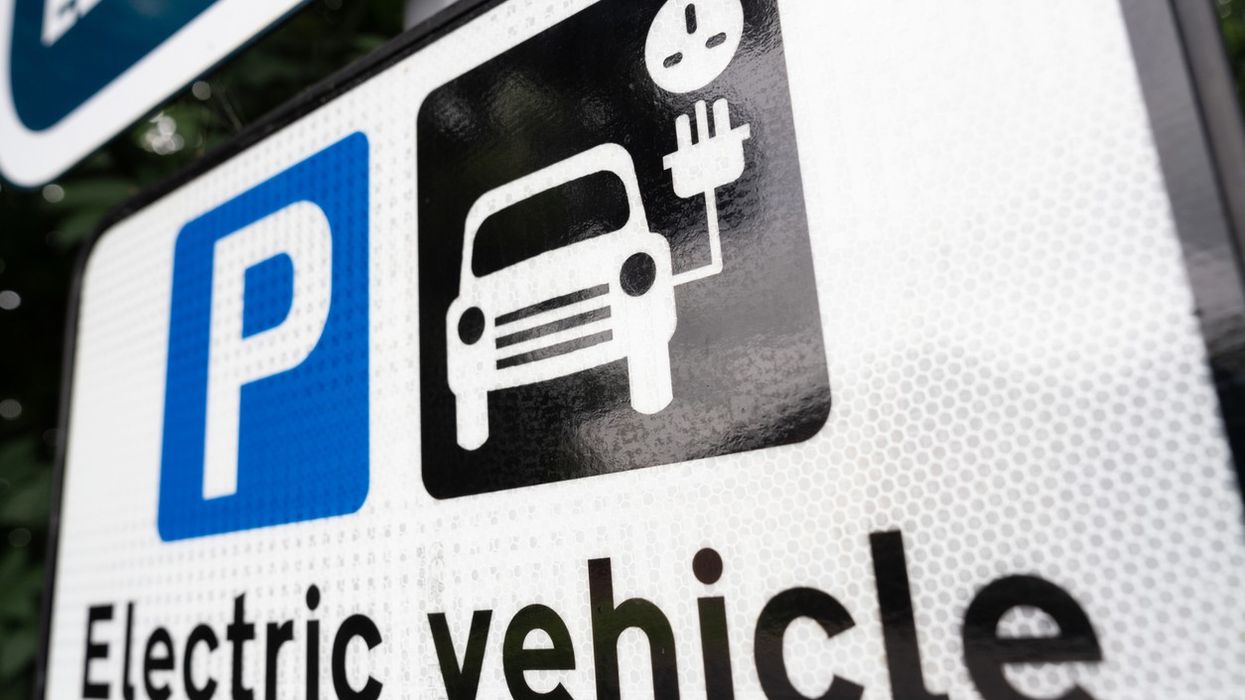Highlights
- Electric and hybrid vehicle uptake surges amid rising fuel prices and emission concerns
- Battery electric vehicle registrations up 50% year‑on‑year
- Drivers comparing long‑term value, range and flexibility
- Charging access is improving, but rural coverage still lags
- UK aims to end sales of new petrol and diesel cars by 2035
UK motorists embrace plug‑in vehicles as climate goals and costs rise
Across Britain, motorists are increasingly favouring electric and hybrid cars over petrol or diesel models. Boosted by environmental awareness and soaring fuel prices, demand for plug‑in vehicles is now mainstream. Recent Society of Motor Manufacturers and Traders (SMMT) data shows battery electric vehicle (BEV) registrations climbing by more than 50% year‑on‑year, while hybrids continue solid growth. With the government set to ban new petrol and diesel cars from 2035, the automotive landscape is clearly shifting.
Manufacturers such as smart have responded with compact electric models tailored to urban use—making the transition to zero-emission transport more accessible for city drivers.
electric or hybrid? weighing up the options
Today’s buyers are evaluating whether to opt for fully electric or hybrid models based on lifestyle and access to infrastructure. EVs offer zero tailpipe emissions and reduced running costs, while hybrids provide flexibility, especially for longer journeys where charging may be scarce.
Manufacturers are responding with models designed for urban and suburban drivers, offering easier entry into the EV experience without compromising daily usability. For those looking for clarity on battery range, charging logistics and overall cost, this helpful guide to electric or hybrid cars provides a straightforward breakdown of both vehicle types.
The charging network expands, but gaps remain
The UK’s public charging network has grown rapidly, with Zap‑Map now listing over 60,000 public charging points. While coverage is strong in urban centres and on motorways, rural and semi‑urban areas still face shortfalls in access—a barrier for broader EV uptake.
To remedy this, the Department for Transport has allocated £381 million through the local electric vehicle infrastructure (LEVI) fund, supporting councils in installing chargepoints in underserved areas. This push matches wider strategic efforts to standardise coverage and build consumer confidence.
Rapid EV market growth
Chinese automaker BYD has played a prominent role in this shift, with its UK expansion driving significant sales momentum. In the first quarter of 2025, the company reported a more than 600% increase in UK registrations compared to the previous year—highlighting how wider model availability and aggressive market entry strategies are reshaping the electric vehicle landscape.
Outlook: Mainstream motoring becomes cleaner
As electric and hybrid vehicle choices grow, challenges such as cost, charging access and resale confidence remain. However, awareness and interest are rising, especially among younger and price-sensitive buyers. The increase in affordable models and the expansion of secondhand markets are encouraging broader adoption. Continued public investment, clear government policy and stronger consumer trust are expected to support this transition. If current progress continues and barriers such as infrastructure gaps are addressed, the future of driving in the UK is likely to become cleaner, more efficient and accessible to a wider range of motorists.












